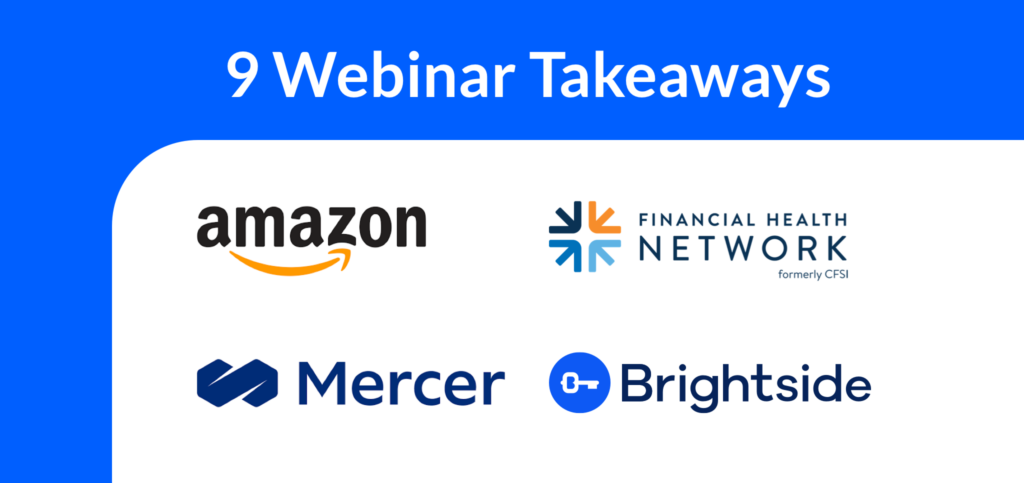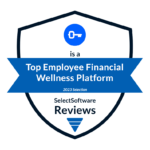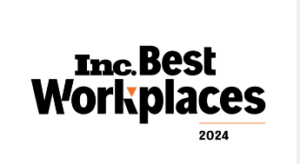Do you need a frontline financial health strategy? That was the topic of our thought-provoking webinar held with our panel of experts from Amazon, Financial Health Network, Mercer, and Brightside.
Here are nine key takeaways they discussed that every employer with a frontline workforce needs to know. Click here to watch the full on-demand webinar.
1. Frontline workers are financially vulnerable
Just one out of seven (13%) of frontline workers is considered financially healthy; a quarter (25%) are financially vulnerable and struggling with most measures of financial health, according to Financial Health Network data. They typically face acute financial burdens including a lack of emergency savings and liquidity, the inability to plan or save for long-term needs, and high healthcare costs.
“The financial lives of frontline workers are complex and nuanced. They’re often just stitching together their day-to-day financial existence, usually in less than optimal circumstances,” said Matthew Bahl, Financial Health Network’s Vice President, Workplace Market Lead.
2. Frontline employees need an all-encompassing solution
When Amazon’s benefits leaders looked specifically at the needs of frontline employees, they quickly realized the breadth of their financial challenges. Amazon’s Justin Roberts, Senior Manager, Financial Benefits, explained that frontline employees’ needs ranged from eviction, to paying for car repairs, to buying a first home, to using their 401(k) benefit.
Amazon sought an all-encompassing solution that would make it easy for employees to take action and also address the root cause of financial problems. Roberts shared that often, frontline employees don’t know exactly what type of financial solution they need: “They just know that they need help.”
3. Frontline employees need a safe place to turn
More than half (60%) of people experience a financial shock each year, but this is often the beginning of a detrimental situation for frontline workers who don’t have a safe place to turn for help.
Bahl explained that payday lenders and similar predatory solutions tend to cluster in areas where there are high levels of financial precarity (which tend to be where many frontline workers live). If these are their only option, they can quickly become “…ensnared in a vicious cycle that perpetuates.”
4. If frontline employees don’t use your solution, it’s not relevant to them
Employers with low benefits utilization may need to acknowledge that the problem is bigger than a lack of employee awareness.
“You may have selected a solution that’s not responsive to the needs of the particular workforce you’re trying to reach,” said Bahl. “Focusing on the real material needs of the frontline workers has to be the basis from which you launch any strategy to try to solve those challenges.”
5. Employers should focus on the results they want to drive
When Amazon searched for solutions to support its frontline financial health strategy, it evaluated two factors: Is this the right provider? Is this benefit driving the right outcomes?
“We say, we want to solve X, Y, and Z for our population, and we’re going to implement this strategy to solve that,” said Roberts. While many employers are concerned with driving engagement, he reminded that engagement is not a result.
6. Employers can enhance their benefits with the right frontline solution
A frontline financial benefit that’s able to identify and address the employee’s challenges and also connect them with different solutions within their benefits package can optimize benefits utilization and uncover new opportunities to support their needs, said Mercer’s Mindy Field, Partner, Minneapolis Office Business Leader.
7. Employers must be specific about what they’re trying to achieve to measure value
When evaluating its frontline financial benefit, Roberts said Amazon looked at ROI through the lens of both employee and business outcomes: “If those two things marry up, you’ve got a great program.”
For example, Amazon considered outcomes such as the employee savings rate so they’re better prepared for unexpected expenses, and asked those who did engage with the benefit if it reduced their stress. Its central science team looked at factors such as retention, hours worked, and safety instances to measure business outcomes from the financial benefit.
He shared that in Amazon’s pilot with Brightside (which has since expanded), 90% of individuals indicated lower stress levels after using Brightside. “It’s not the return on investment to us; it’s the return to the employee on our investment in them,” said Roberts.
8. Employers have to understand what ROI means in their organization
Bahl noted that while there are many claims around the ROI of a benefit, it can take time to see a return on value.
“Oftentimes, people are looking for quick solutions when we have decades of financial precarity. Those aren’t going to be undone in six months. It’s going to take a lot of sustained commitment and effort over time. Understanding how to assess that is as important as selecting the solution you want to deploy,” said Bahl.
9. Employers have control over benefits engagement
“I think one of the greatest findings we had from the whole (Brightside) pilot program was that we drive engagement in our communications efforts, and by making sure that it’s in the hands of the right resourcing individuals at the right time,” said Roberts.
He advised employers to think about times that are stressful for frontline employees based on factors such as overtime and high workload. “Those are the moments when you need to be in front of your employees with these stress-relieving benefits,” said Roberts. “We found that we were really in control of the level of engagement we wanted to see.”
Brightside’s CEO and Co-founder Tom Spann added that ultimately, it goes back to ensuring that you have a solution that’s relevant to your frontline employees’ needs. “You’ve got to engage the right people. Financial wellness does not engage the right people. It’s not a relevant product for the financially sick,” said Spann.
To learn more about why Brightside Financial Care is the only model built to support frontline employee financial health and drive measurable and impactful results for employers, click here.





